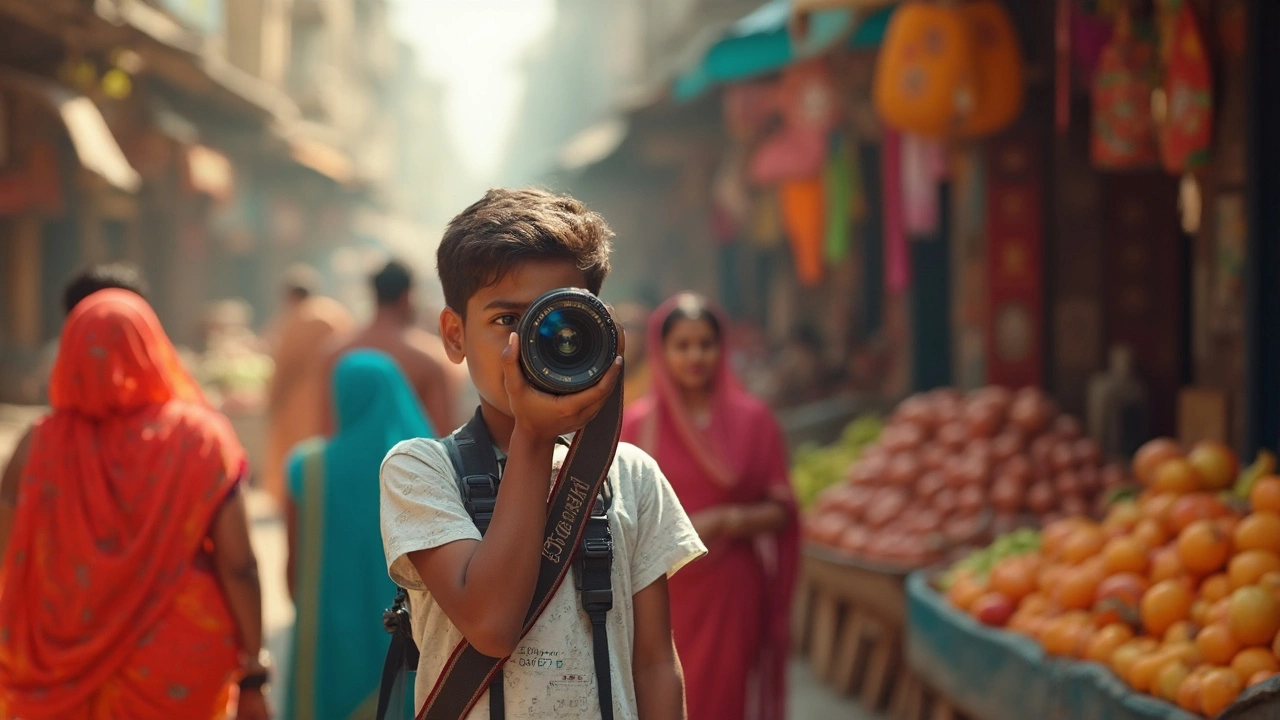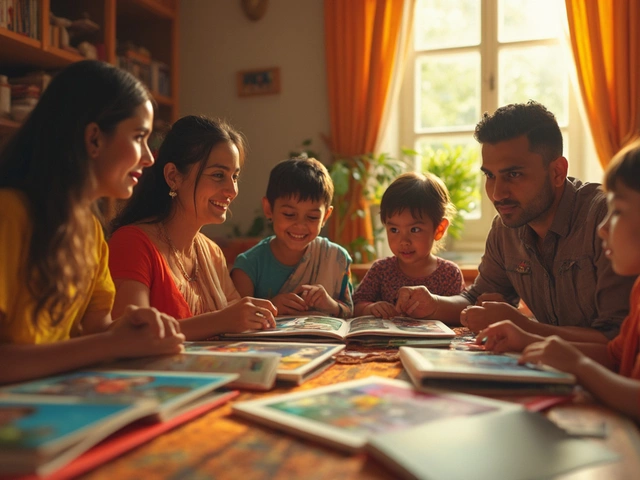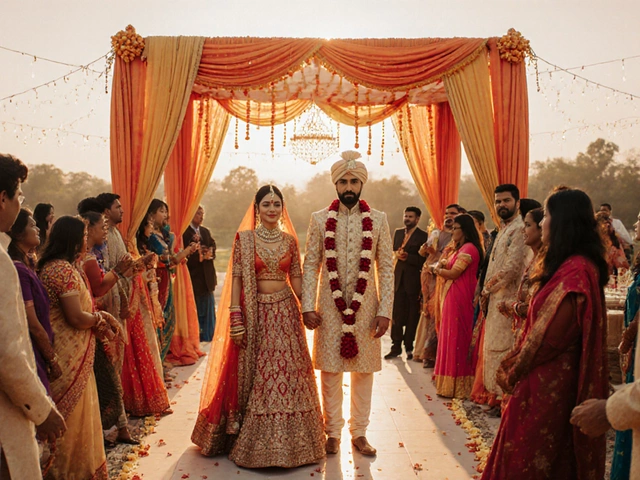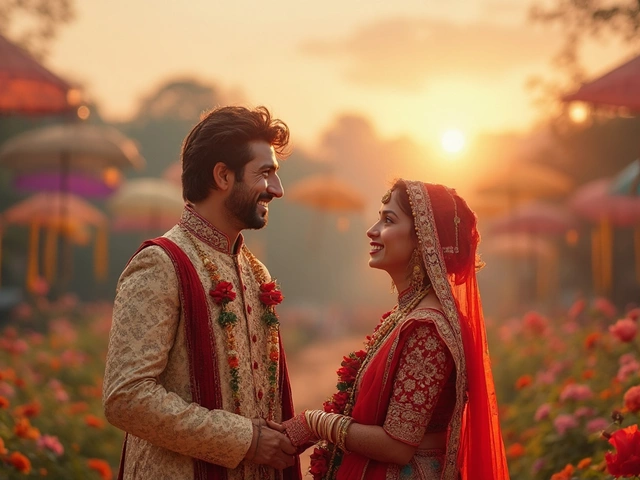You know when you scroll through social media and spot a crisp, vibrant photo that just pops? Chances are, it was taken with a DSLR. The difference is not just in price—it’s about what happens inside that chunky camera body. If you’re trying to figure out why your phone shots don’t have that pro look, you’re in the right place.
It mostly comes down to the size of the camera sensor, the brains behind every photo. Bigger sensor equals more light and more detail; it’s as simple as that. That’s why DSLRs handle tricky lighting like a champ. Ever seen those creamy blurred backgrounds, like in those epic portrait shots? That’s a DSLR playing to its strengths with the right lens.
Here’s something handy: even an older entry-level DSLR can outshine a brand-new smartphone in challenging lighting. It’s not a magic trick—it’s physics. Smartphones have come a long way, but they can’t cheat the sensor size (yet). And once you start tweaking settings like ISO, aperture, and shutter speed on your DSLR, you realize how much control you actually have over the final image. That’s freedom you just can’t get on your average mobile camera.
- Bigger Sensors, Sharper Results
- Lenses: The Secret Sauce
- Manual Controls Make All the Difference
- RAW vs JPEG: Why File Types Matter
- When to Choose a DSLR in India
Bigger Sensors, Sharper Results
If you want clear, vibrant photos, the sensor inside your camera is the big deal. Most DSLRs pack what’s called an APS-C or full-frame sensor. These are way bigger than smartphone sensors—sometimes more than 20 times the surface area. The main win here is simple: bigger sensors grab more light, and light is everything in photography.
Take low-light situations as an example. A DSLR will pick up way more detail and color where a phone just shows mushy noise. More light also means better dynamic range, which is the fancy term for how well a camera captures both bright highlights and deep shadows in the same shot. So you get that balanced look, even on a sunny day or in a dim room.
On top of that, bigger sensors make it easier to nail that creamy background blur everyone loves for portraits—what pros call "bokeh." You don’t need a portrait mode cheat; it just happens naturally thanks to physics. Those extra pixels on big sensors also mean you can crop into your photo later and still keep things sharp. Try doing that on a phone shot, and you'll probably see things fall apart fast.
If you’re wondering which DSLRs in India really show off these benefits, check out Canon’s EOS 1500D (APS-C sensor) or the Nikon D750 (full-frame). Even entry-level models blow most phone cameras out of the water just because of sensor size alone.
Lenses: The Secret Sauce
Here’s where DSLRs really flex their muscles: swappable lenses. While your smartphone has one or two built-in lenses, a DSLR lets you customize for every scene. Want to zoom in on a football match or get jaw-dropping close-ups of flowers? Just pop on a telephoto or macro lens.
The right lens changes everything. A 50mm prime lens, for example, usually lets in way more light than a kit zoom lens. That’s why you see those gorgeous bokeh backgrounds only DSLR shooters seem to get. Camera makers like Canon and Nikon offer dozens of lens options—whether you’re after wide angles for landscapes or ultra-sharp lenses for tiny details.
One big reason DSLR pictures look better is that those glass elements inside the lens handle light way more efficiently. A good lens can cut down on distortion and color blurring, making your photos look clear even when you zoom right in.
- Wide apertures (like f/1.8 or f/2.8) let in more light, so you get cleaner photos even when it’s getting dark.
- Telephoto lenses make far-away subjects fill the frame, which is great for sports or wildlife.
- Macro lenses let you pick up insane details—think water drops, insect wings or the textures on fabric.
Check out how lens choices stack up compared to typical phone cameras:
| Lens Type | DSLR Flexibility | Equivalent on Phones |
|---|---|---|
| Standard | Multiple prime and zoom options | Limited digital zoom |
| Wide Angle | High clarity, less distortion | Software-based, can get blurry |
| Telephoto | Optical zoom, sharp images | Mostly digital zoom |
| Macro | True close-ups possible | Barely available, often fake |
Here’s a tip: when shopping for the DSLR in India, check lens compatibility. Some entry-level models have very affordable prime lenses (like the Canon EF 50mm f/1.8) that make anything you shoot look instantly pro, even in low light. Investing in lenses is like owning multiple cameras—each lens gives you new creative power.
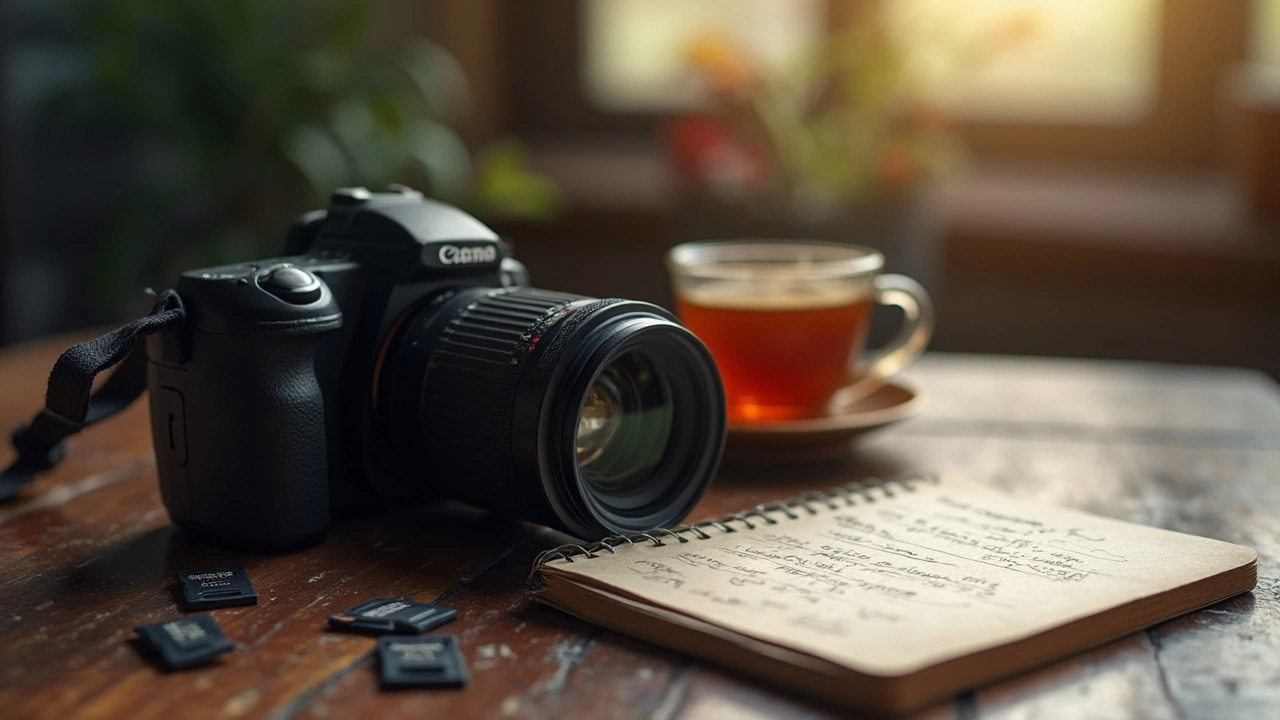
Manual Controls Make All the Difference
If you’ve ever fiddled with your phone camera and felt limited, you’ll know what I’m talking about. DSLRs offer hands-on control over just about every setting, and that’s a game-changer. You don’t get stuck with whatever decision the camera makes—you’re the boss of exposure, focus, and more.
Let’s break down the basics:
- ISO: This controls how sensitive your camera is to light. Lower ISO keeps things crisp in sunlight, higher ISO helps in low light, but also brings in some noise. With a DSLR, you can adjust ISO for each shot—most modern DSLRs can hit ISO 25,600 or higher for night photography.
- Aperture: This setting adjusts how much light gets through the lens. Want those blurry, dreamy backgrounds? Use a wide aperture (low f-number like f/1.8). Want everything in focus? Dial it up to f/8 or f/11.
- Shutter Speed: This decides how long the camera spends capturing light. Fast shutter = freeze action. Slow shutter = those cool light trails or silky smooth water.
By playing with these settings, you can handle weird lighting, tricky shadows, or moving subjects, all while keeping your creative vision intact. Smartphones might offer "pro modes," but with a DSLR, the options are way more detailed and responsive.
| Setting | DSLR Control | Usual Smartphone Limit |
|---|---|---|
| ISO Range | 100 – 25,600+ | 50 – 3200 |
| Shutter Speed | 30s – 1/8000s | 1/4s – 1/8000s (often software limited) |
| Aperture | Swappable (as low as f/1.2) | Fixed or limited selection |
Here’s a tip: If you’re shooting action in low light at a concert or sports event, bump up that ISO and open up your aperture. For landscapes, dial down the ISO and use a tripod for a slower shutter—watch the magic happen in your results.
The real reason DSLRs stand out? They give you the freedom to experiment and the power to learn. Mastering manual controls is how you go from average to pro. If you care about DSLR quality, there’s no shortcut—jump in and start tweaking those settings!
RAW vs JPEG: Why File Types Matter
When you're shooting with a DSLR, you usually get two file type options: RAW and JPEG. If you’re after maximum control and image quality, RAW is where it's at. But here’s the thing—most people hit the shutter and never think about this choice. That’s a miss because file type seriously affects how your photos turn out and what you can do with them later.
So, what’s the difference? JPEGs are processed and compressed in the camera. This means your DSLR makes a bunch of decisions for you—sharpening, colour, compression—and throws away a lot of extra info when saving the file. RAW files, on the other hand, keep all the details—the real, unprocessed data straight from the sensor. Editing a RAW lets you fix a blown-out sky or brighten up a dark shadow way better than a JPEG ever could.
“RAW files are like film negatives; they let you bring out details and colors that would be impossible to recover from a JPEG.” — Digital Photography School
This difference matters even more for anyone who wants to tweak their shots later. Let's break it down:
- Image quality: RAW captures way more colour and detail.
- Edit flexibility: Adjust exposure, white balance, and more without losing quality.
- File size: RAW files are huge compared to JPEGs—think up to 10x bigger.
- Straight-out-of-camera: JPEGs are ready to share but don’t leave much room for fixing mistakes afterwards.
Here’s a quick look at how RAW and JPEG stack up:
| Feature | RAW | JPEG |
|---|---|---|
| Image Quality | Highest (uncompressed) | Lower (compressed) |
| Edit Flexibility | Massive | Limited |
| File Size (Average) | 20-40 MB | 3-8 MB |
| Ready to Share | No (needs editing) | Yes |
One honest tip: If you’re only snapping photos for Instagram and don’t want to spend time editing, JPEG is fine. But if you care about making your shots look professional and want to squeeze all the quality out of your DSLR, shoot in RAW—especially when the light isn’t perfect or the moment really matters. Most pro photographers in India shoot RAW for this exact reason.

When to Choose a DSLR in India
Buying a DSLR in India actually makes a lot of sense for anyone serious about photography, but it’s not for everyone. The real question is—do you need a DSLR, or will your phone do? Let's break down when a DSLR is actually the better choice.
- Camera quality really matters when you want big, detailed prints. If you plan to make photo albums, wall posters, or sell prints, a DSLR is still unmatched. Phones just can’t grab as much detail—especially in low light or backlit situations.
- If you shoot a lot of events—think weddings, school functions, traditional Indian festivals—a DSLR’s fast autofocus and burst shooting means you’ll actually catch the best moments. No lag. No missed expressions.
- Wildlife, birding, and sports photography just aren’t practical on a phone. You can swap in a telephoto lens—something as basic as a 70-300mm zoom lens on an entry-level DSLR will blow away any phone zoom. Plus, you’ll avoid grainy, pixelated shots that come with heavy digital zoom on mobiles.
- If you’re thinking of side gigs—like product photography for sellers on Amazon, wedding shoots, or even YouTube content—a DSLR stands out, quite literally. The bokeh effect, sharper colors, and file flexibility turn basic shots into pro content, helping you charge more or attract more views.
- DSLRs last. Many entry-level Nikons and Canons available in India can easily go five years or more with basic care. Spare parts and lenses are everywhere, so you won’t have to hunt for repairs or upgrades.
Here’s something most people miss—there are regions in India with festivals full of bright colors, moving crowds, and unpredictable light (like Durga Puja in Kolkata or Ganesh Visarjan in Mumbai). A DSLR thrives here. Your images will look sharp, vibrant, and full of life, while most phones will wash out or struggle to keep up at dusk or night.
| Use Case | DSLR | Smartphone |
|---|---|---|
| Big Prints (Posters, Lab Prints) | Excellent Quality | Average, Limited Size |
| Festival Photography | Handles Motion & Low Light | Often Blurry, Struggles at Night |
| Wildlife Shots | Zoom with Clarity | Severely Limited |
| Professional Gigs | Industry Standard | Rarely Accepted |
| Everyday Convenience | Bulky, Needs Care | Super Easy, Always Ready |
If you want simple family snaps or casual Instagram posts, a recent smartphone is probably enough. But if you care about making memories with real depth and detail, or want to earn with your camera, going for a DSLR in India isn’t just a luxury—it’s a serious upgrade.
